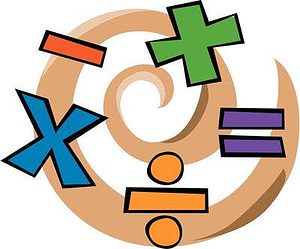You’re not the only that doesn’t like math, it seems. A new study from scientists at Bristol’s School of Biological Sciences found that biologists pay less attention to theories that are dense with mathematical detail.

The scientists involved in the study compared citation data with the number of equations per page in more than 600 evolutionary biology papers in 1998. The results are rather staggering; they found that most maths-heavy papers were referenced ~50% less often than those with little or no maths.
Apparently, for biologists at least, each additional equation per page reduced a paper’s citation success by 28 per cent. Stephen Hawking envisioned math as a detrimental factor to his readership, and pondered absolutely each equation he included in his popular book, “A Brief History of Time”, in fear of reduced sales. He was on to something.
“This is an important issue, because nearly all areas of science rely on close links between mathematical theory and experimental work,” says Dr Tim Fawcett.
“If new theories are presented in a way that is off-putting to other scientists, then no one will perform the crucial experiments needed to test those theories. This presents a barrier to scientific progress.”
In the light of these results, which frankly most scientists were already aware of, the researchers recommend some course of action which could potentially offer some tangible solutions. The first, and most difficult to apply, is to improve the math education of science graduates in less technical fields, like biology, for an increased math-literacy.
Andrew Higginson, Dr Fawcett’s co-author and a research associate in the School of Biological Sciences, said that scientists need to think more carefully about how they present the mathematical details of their work.
“The ideal solution is not to hide the maths away, but to add more explanatory text to take the reader carefully through the assumptions and implications of the theory,” he said.
This isn’t an option for most scientific journals, however, which have a strict policy regarding conciseness and publishing space. An alternative solution is to put much of the mathematical details in an appendix, which tends to be published online.
“Our analysis seems to show that for equations put in an appendix there isn’t such an effect,” said Dr Fawcett.
“But there’s a big risk that in doing that you are potentially hiding the maths away, so it’s important to state clearly the assumptions and implications in the main text for everyone to see.
The findings were reported in the journal Proceedings of the National Academy of Sciences.


